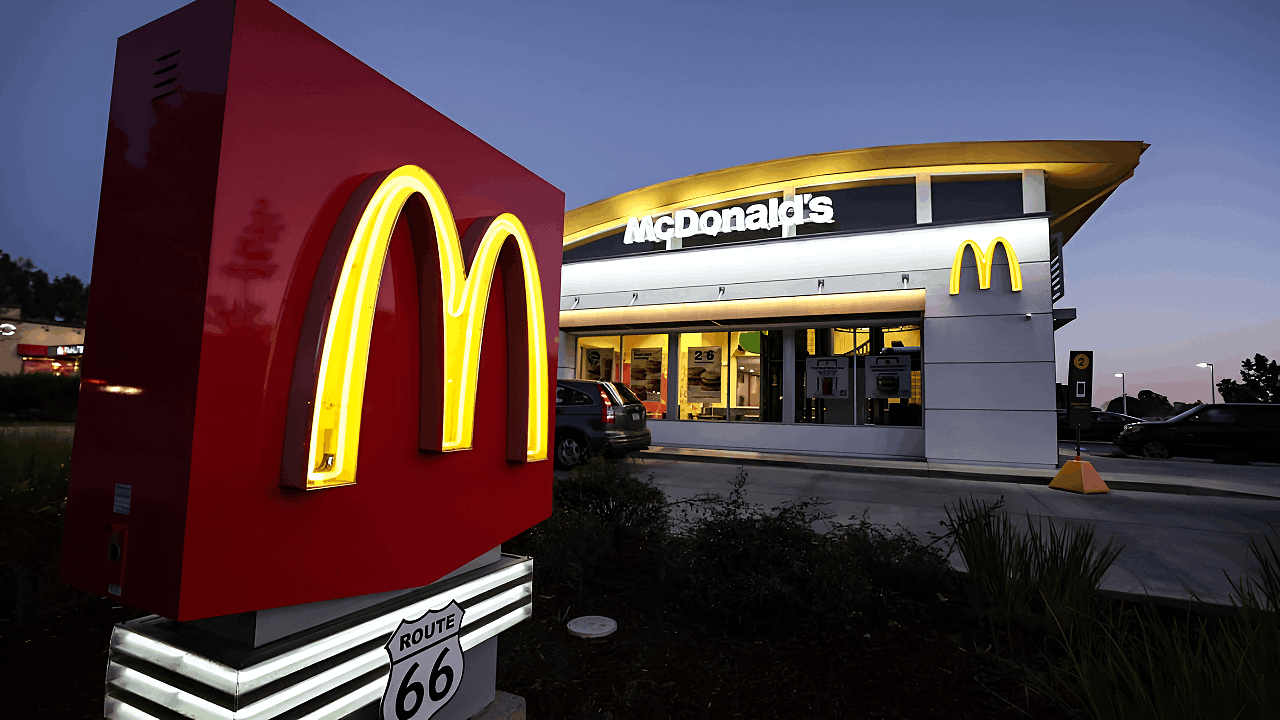
A new kind of showdown is happening in America, not over taste or brand loyalty, but over value. McDonald’s and Wendy’s, two of the country’s most familiar drive-thru names, are locked in a tug-of-war for diners feeling the squeeze of higher prices.
Lately, the Golden Arches have been coming out ahead. McDonald’s global sales rose 3.8% in mid-2025, while Wendy’s slipped 3.6%. The reason? One leaned into clarity. The other got lost in the noise.
A Familiar Favorite Makes a Comeback
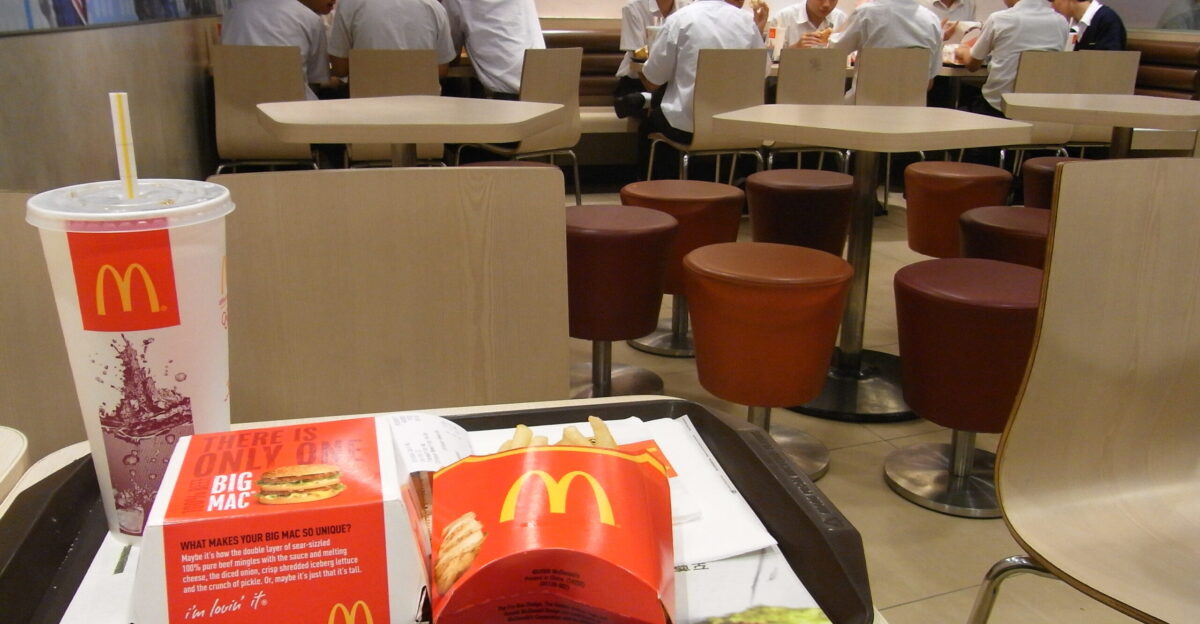
Sometimes the most brilliant move isn’t reinventing the menu—it’s bringing back what people already miss. After a six-year break, McDonald’s revived its “Extra Value Meals” nationwide, pairing Big Macs and Quarter Pounders with fries and drinks for roughly 15% less than buying them separately.
Executives said customers had been asking for “real deals,” the kind that made them feel they were getting more for less. The nostalgia hit a nerve, and it paid off. The company told investors in July that return visits and average spending per order quickly climbed.
Wendy’s Went Bold and Missed the Mark
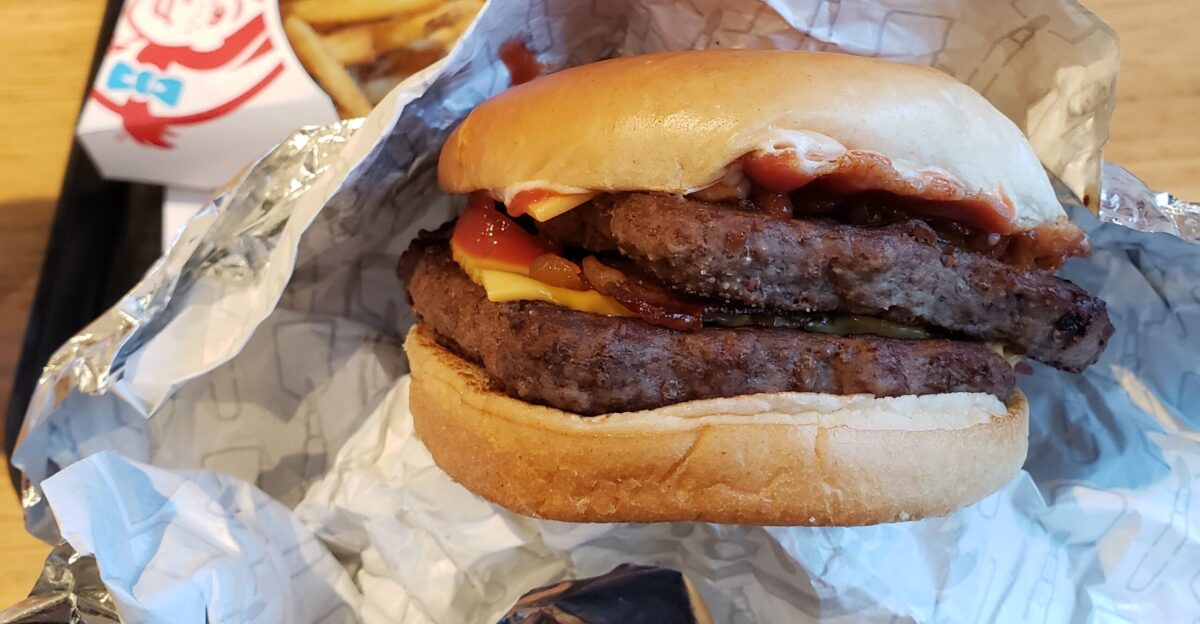
Across the fast-food battlefield, Wendy’s tried to punch back with $3 breakfast bundles and Baconator deals during its “100 Days of Summer” campaign. It sounded like a winning idea, but it turned into what interim CEO Ken Cook later admitted was a case of “too many overlapping offers.”
Customers weren’t sure which deal to chase or whether they were really saving anything. The Frosty may have had its moment, with sales up 30%, but those frozen treats couldn’t offset shrinking traffic or thinner food margins.
McDonald’s Found an Edge Where You’d Least Expect It
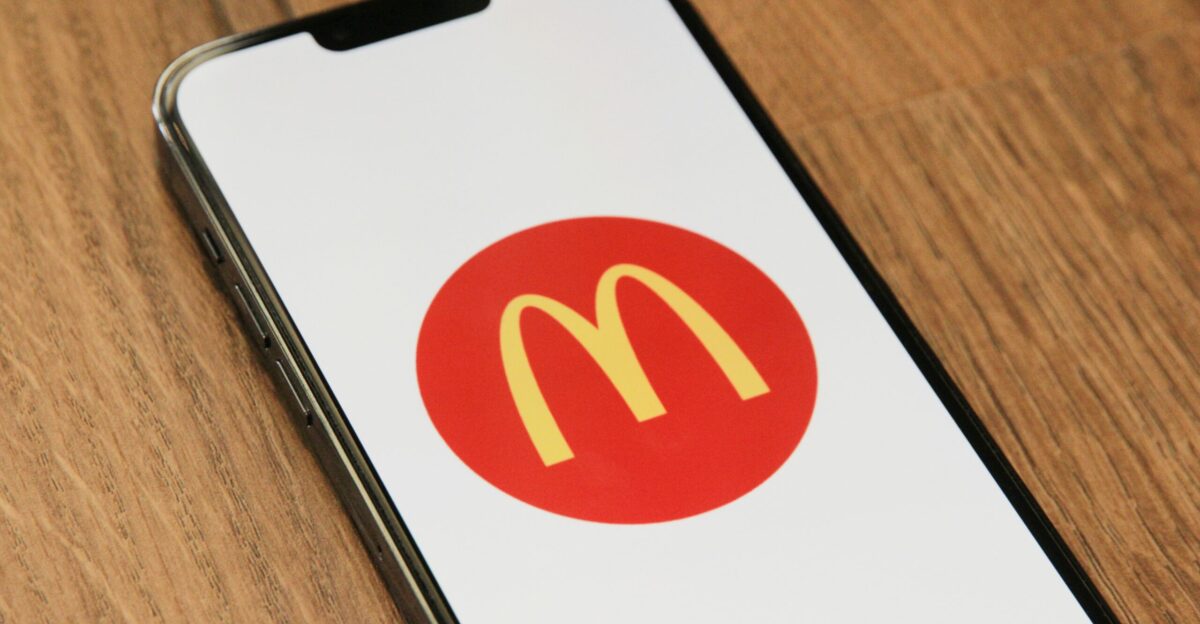
Behind McDonald’s rebound isn’t just burgers or fries—it’s data. The chain’s loyalty app has quietly become one of its biggest strengths. According to company reports, rewards members spent around $9 billion in the second quarter of 2025, roughly a third of U.S. sales. Personalized discounts and app-only deals have made McDonald’s a daily habit for millions.
Analysts told CNBC that this strategy gives McDonald’s “a flexibility smaller competitors can’t match,” allowing it to adjust prices and promotions almost in real time.
Rebuilding the Idea of ‘Value’

During the height of inflation in 2024, a $10 combo meal became the symbol of fast-food frustration. McDonald’s CEO Chris Kempczinski said the brand needed to “fix the perception of value.” So it went back to basics—simpler menus, clearer pricing, and the return of small wins like Snack Wraps and dollar add-ons.
These weren’t headline-grabbing changes but reshaped customers’ attitudes toward spending money. By late 2025, McDonald’s had quietly regained much of its lost middle-income base.
When Deals Turn Into White Noise
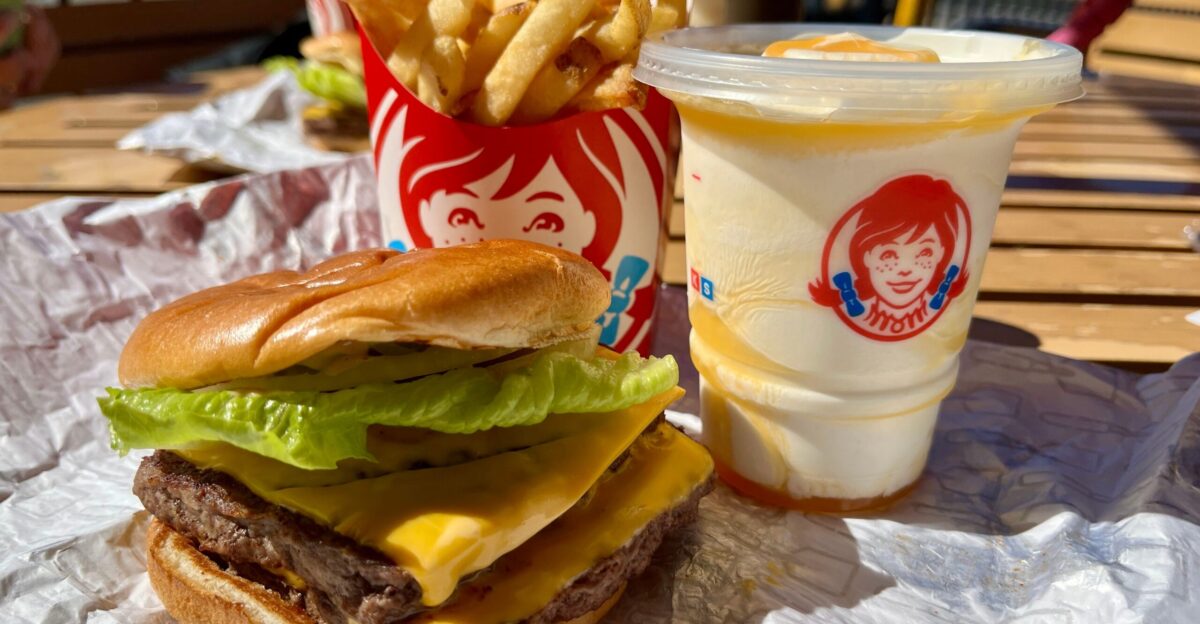
Wendy’s, by contrast, struggled to cut through the clutter. Its summer marketing calendar was packed with overlapping discounts that blurred together. Analysts at BTIG said the approach “created deal fatigue,” leaving customers unsure which offers mattered.
By mid-July, traffic fell about 5%, forcing Wendy’s to scrap its $1 promotions and pivot to smaller, app-based discounts. The company now expects same-store sales to drop as much as 5% this year—an about-face from the flat growth it predicted just months earlier.
The Ripple Effect of a Price Reset
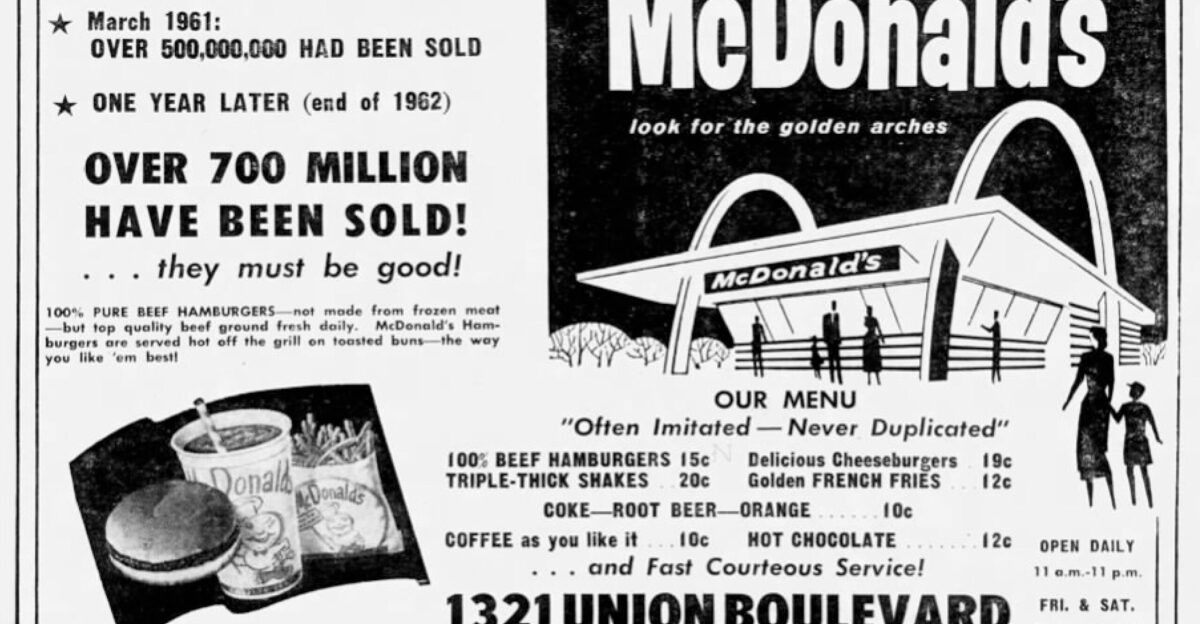
McDonald’s pricing shift didn’t just help itself; it changed the whole industry. Restaurant Business reported that the chain persuaded franchisees to trim combo meal prices by an average of 15%, cutting roughly 50 cents off popular bundles. From Jack in the Box to Little Caesars, other chains quickly followed.
Analysts noted that McDonald’s had one key advantage: scale. With thousands of locations and a massive advertising budget, it could afford thinner margins without blinking. For smaller brands, that’s a much riskier bet.
Inside Wendy’s, a Leadership Shake-Up

Wendy’s challenges went beyond pricing. When CEO Kirk Tanner stepped down midyear, interim chief Ken Cook inherited a company mid-pivot. He moved fast—simplifying the menu, focusing on chicken and cold drinks, and experimenting with buzzy collaborations like Takis-flavored items.
In a July earnings call, Cook told analysts, “consumer sentiment stayed soft.” The weather didn’t help either; a cooler spring hurt seasonal sales. Even the bold new products couldn’t bring back the crowds.
McDonald’s Leaned on Familiar Comforts
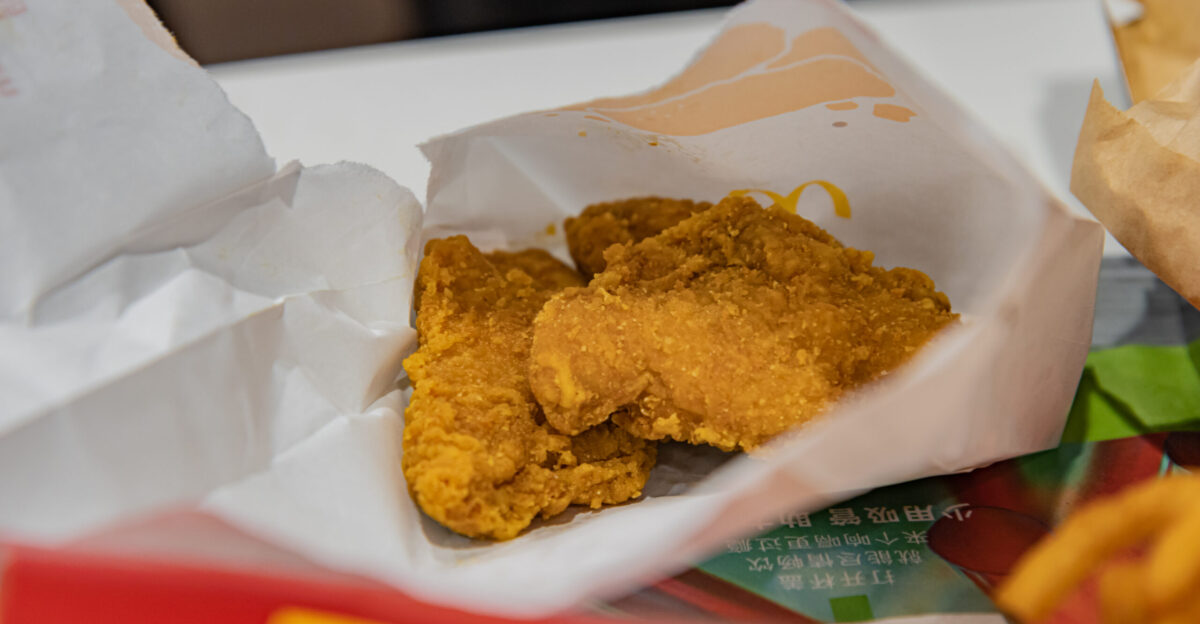
While competitors scrambled for attention, McDonald’s leaned into what it does best: consistency. Its $5 meal bundles—McNuggets, McChicken sandwiches, fries—weren’t flashy, but they were dependable. That sense of familiarity resonated with families and younger diners alike.
One analyst told The Wall Street Journal, “When people feel uncertain, they reach for what they know.” By summer’s end, internal data showed repeat visits had climbed sharply, signaling that reliability might be McDonald’s most powerful marketing tool.
Numbers That Tell a Bigger Story
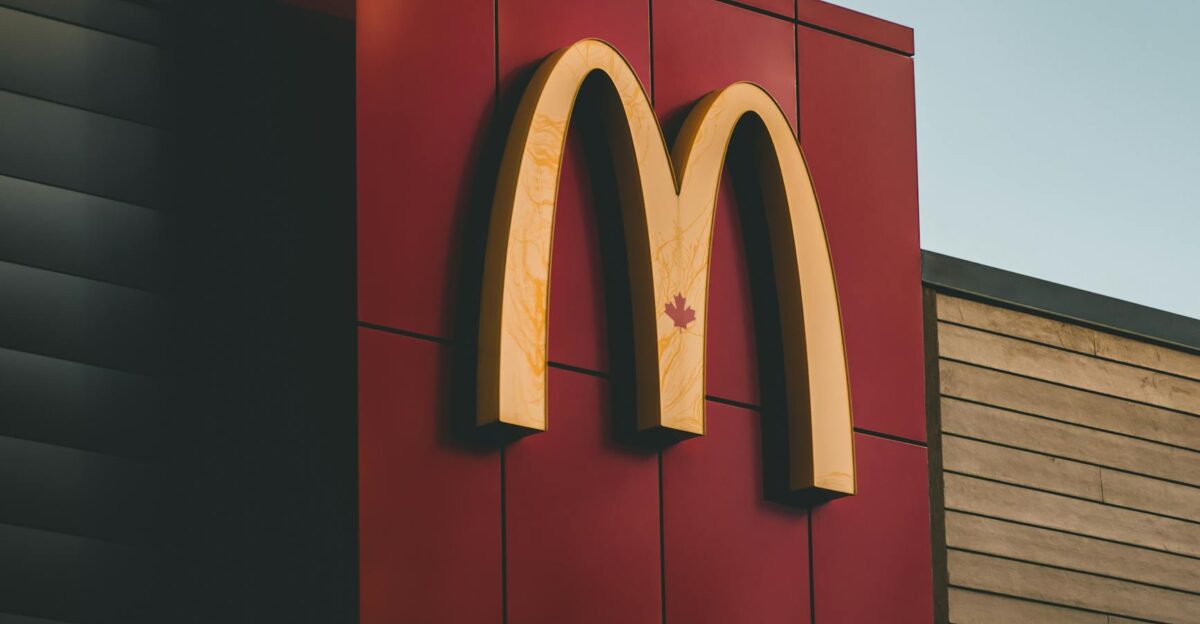
The momentum showed up in the numbers. According to FactSet, McDonald’s global comparable sales rose 3.8% in the second quarter, beating Wall Street’s 2.6% estimate. In the U.S., same-store sales climbed 2.5%, reversing early-year sluggishness.
Overseas markets—particularly in Europe and Asia-Pacific—also delivered solid results. During the July earnings call, executives credited a mix of value-focused marketing and digital engagement, calling it “proof that simple, affordable meals can transcend borders. “
Wendy’s Faces a Tougher Climb
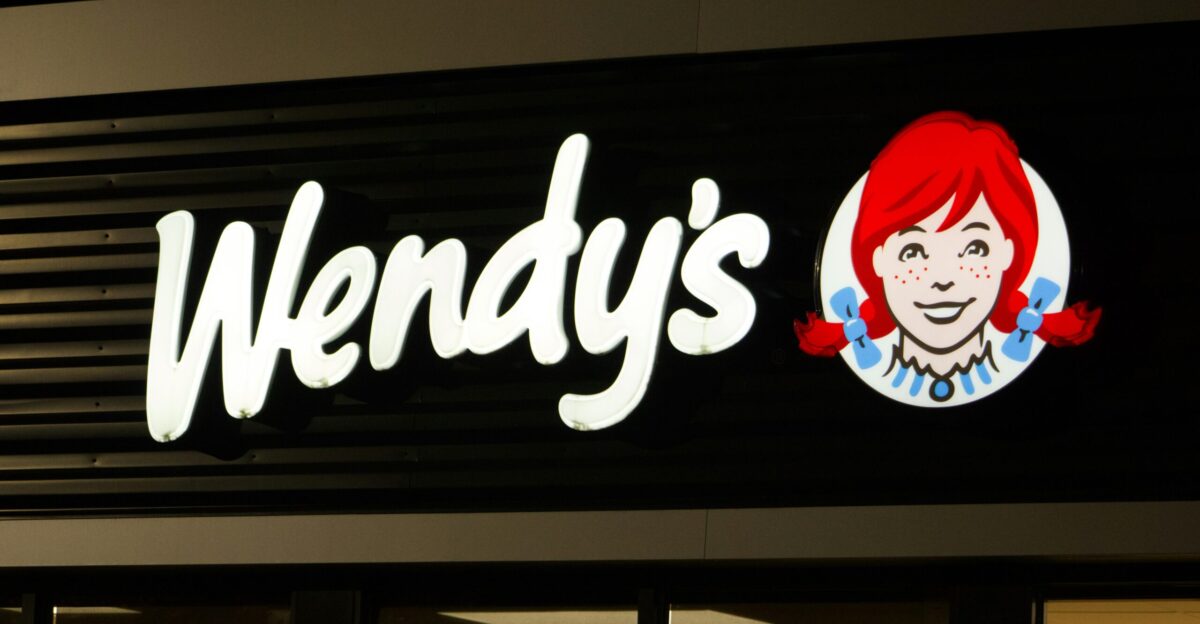
Wendy’s second quarter looked very different. Same-store sales dropped 3.6%, marking its second straight decline. Even with earnings per share slightly above expectations at 29 cents, leadership cut its full-year forecast, citing weak breakfast momentum and higher food costs.
Analysts warned that unless Wendy’s finds a clearer message or a signature offering that draws customers back, it risks losing even more ground to bigger, faster-moving competitors.
The Consumer Mood Has Shifted
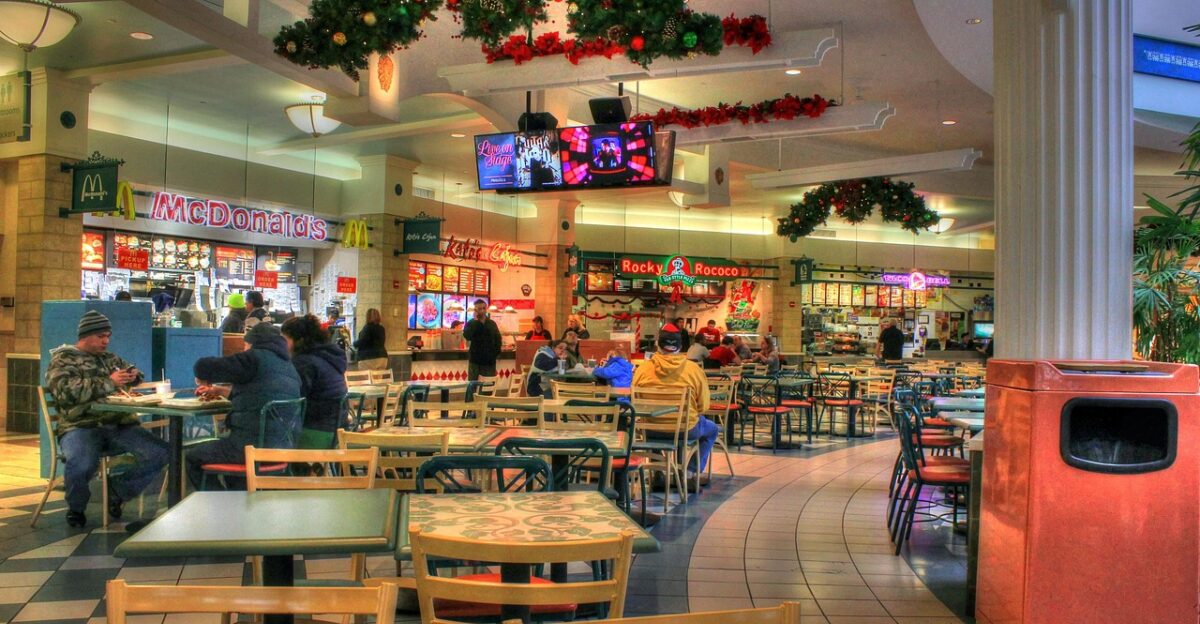
What’s happening between these two brands reflects something broader about how Americans spend. Inflation may have cooled, but the anxiety around it hasn’t. Many families think twice before ordering out and want every purchase to feel worth it.
Restaurant analyst Mark Kalinowski said McDonald’s has “mastered the perception of savings,” making diners feel they’re winning even when the price difference is small. Despite its stronger food quality, Wendy’s hasn’t managed to spark that same confidence.
Why Scale Still Matters

In fast food, size can make or break a pricing war. McDonald’s has more than 13,900 U.S. restaurants, giving it a massive edge in negotiating costs and running national campaigns. Analysts at Coresight Research said the company’s reach lets it “play offense while others play defense.”
Wendy’s and Jack in the Box can’t discount as aggressively without risking profitability. For McDonald’s, every promotion is part of a strategy; for smaller players, it’s a gamble that can sting.
Adjusting for the Next Round
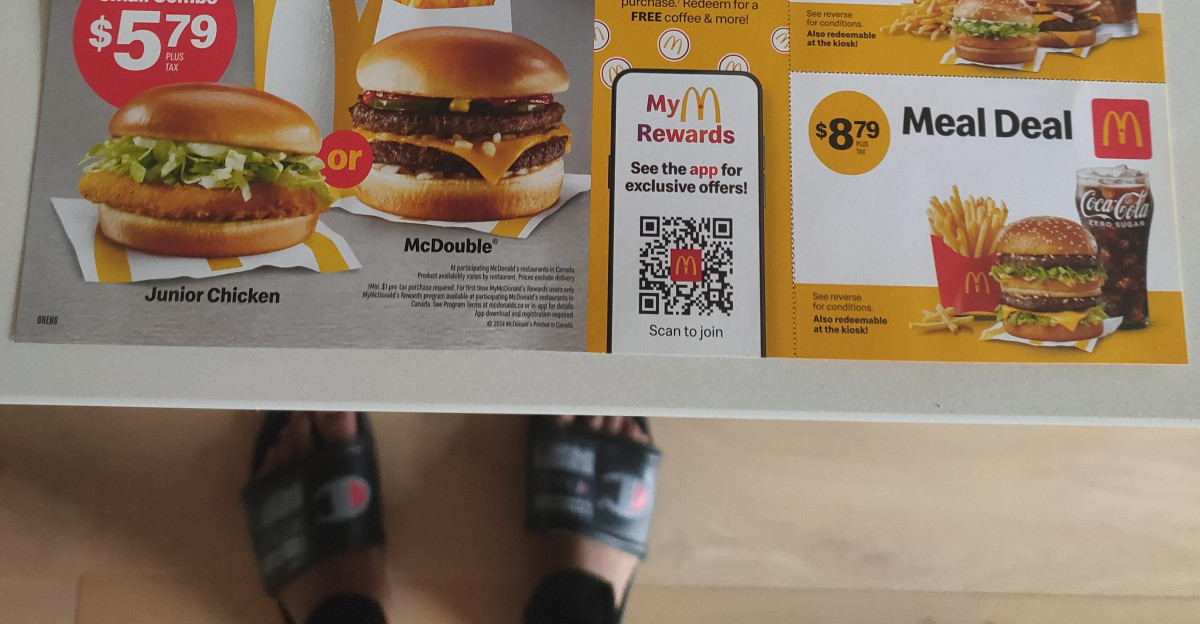
Looking ahead, both chains are making quiet pivots. McDonald’s will keep spotlighting its “menu board value” strategy—making prices and bundles easier to understand while rolling out new regional deals through the holidays. Wendy’s is testing more targeted discounts for app users, ramping up delivery partnerships, and experimenting with digital marketing to win back younger audiences.
Cook said the company’s next chapter will be about “meeting customers where they are,” especially online.
A Simple Lesson from a Complicated Year
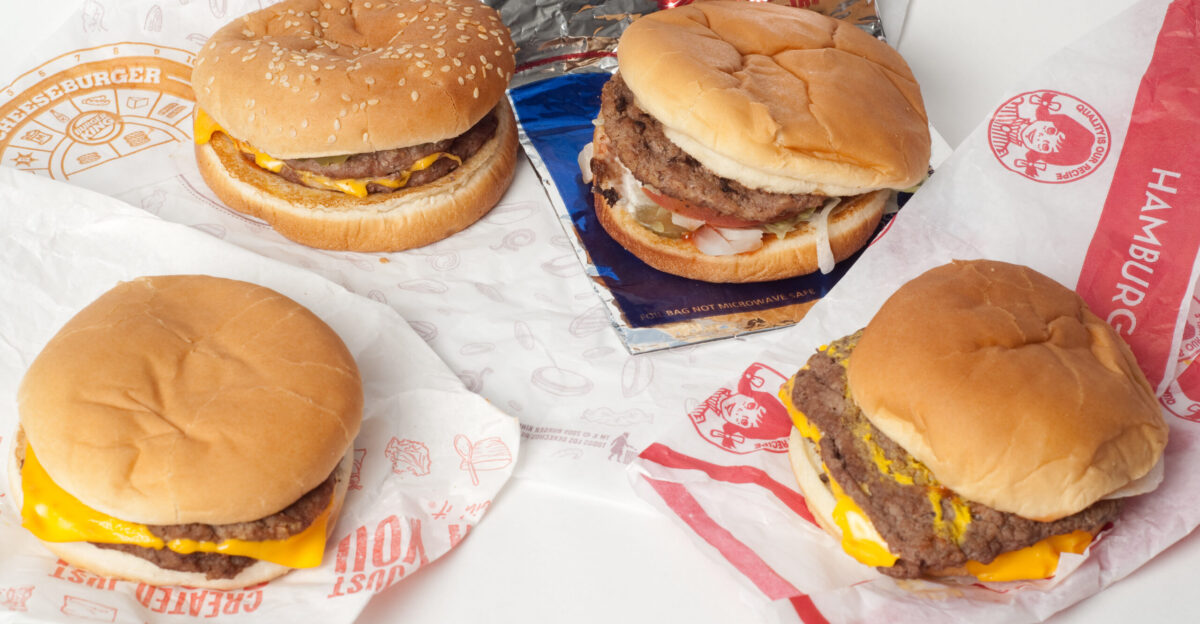
The fast-food value war says a lot about what customers really want in 2025. It’s not just about cheap meals, it’s about clarity, trust, and feeling like a dollar still goes somewhere. McDonald’s has tapped into that rhythm again, while Wendy’s is still tuning its message.
As both head into 2026, one truth stands out: the brands that make people feel grounded and seen tend to win in uncertain times. For now, the golden arches are shining a little brighter.